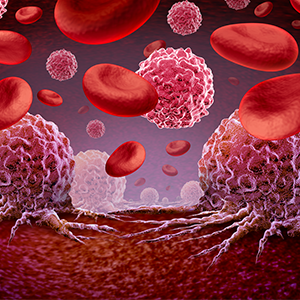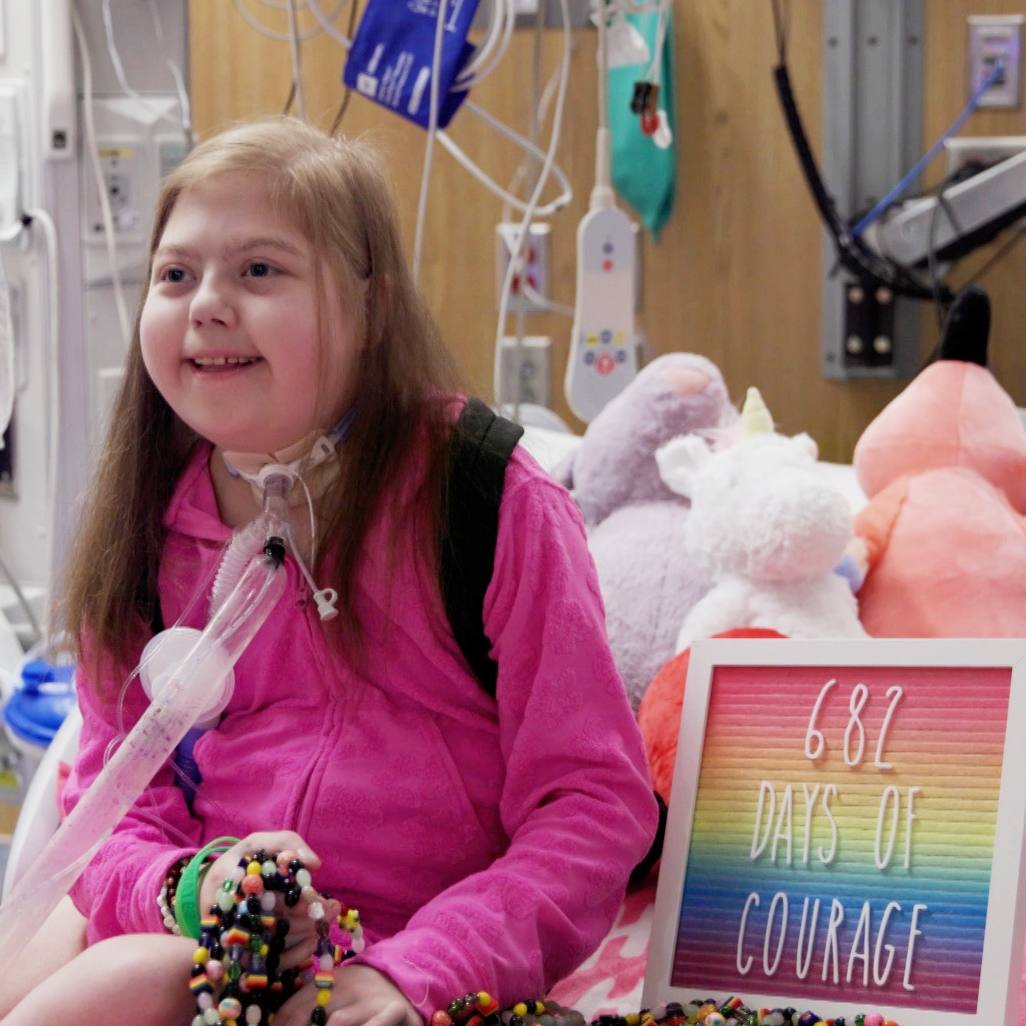-
Mayo Clinic Minute: Women’s heart attack symptoms vary
You may think there's nothing subtle about a heart attack. But, the truth is, a series of subtle symptoms can signal heart trouble, especially in women.
"There's more variation in the symptoms of a heart attack in a woman," says Dr. Rekha Mankad, cardiologist and director of the Women's Heart Clinic at Mayo Clinic's campus in Rochester. "So it's not always that classic image of someone clutching the left side of their chest. "
In this Mayo Clinic Minute, Dr. Mankad further explains how heart attacks in women can look and feel different than those in men.
Journalists: Broadcast-quality video pkg (0:59) is in the downloads at the end of the post. Please "Courtesy: Mayo Clinic News Network." Read the script.
“A classic heart attack. People have described it as someone clutching the left side of their chest as they’re having this very severe pain that really doubles them over,” says Dr. Mankad.
She says that may not be the case for a woman.
“Although chest pain still is part of the symptom profile, it’s usually not the most severe symptom.”
She says shortness of breath, nausea and a powerful feeling of fatigue or unease can also signal a heart attack in a woman. And that pain?
“And they may have the pain going into their back or even be located exclusively between their shoulder blades. Or you can have it up into the neck, into the jaw,” says Dr. Mankad.
The bottom line is there’s more variation in heart attack symptoms in women. And women tend to wait to get them investigated.
“Women are very quick to get their husbands in when something is happening. But when it is they, themselves, they’re putting it, sort of, on the end of a to-do list,” says Dr. Mankad.
Dr. Mankad says, when it comes to heart health, you should put yourself first.
“Never ignore your symptom," she says.
For the safety of its patients, staff and visitors, Mayo Clinic has strict masking policies in place. Anyone shown without a mask was recorded prior to COVID-19 or recorded in an area not designated for patient care, where social distancing and other safety protocols were followed.
Related Articles







